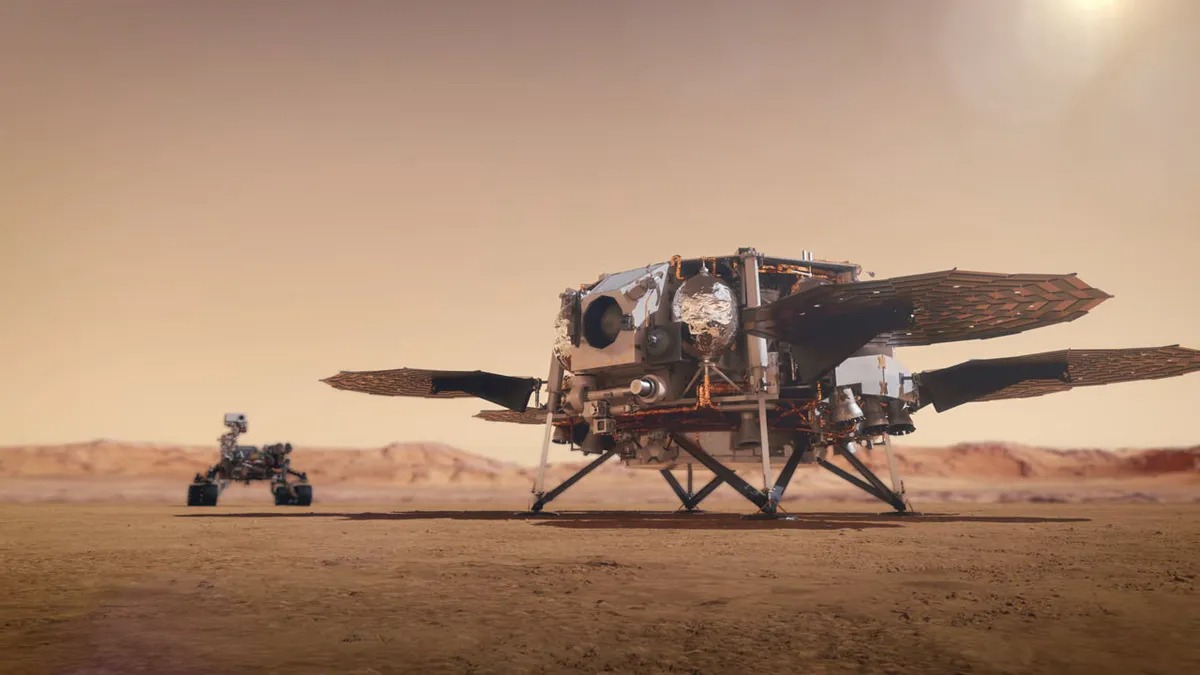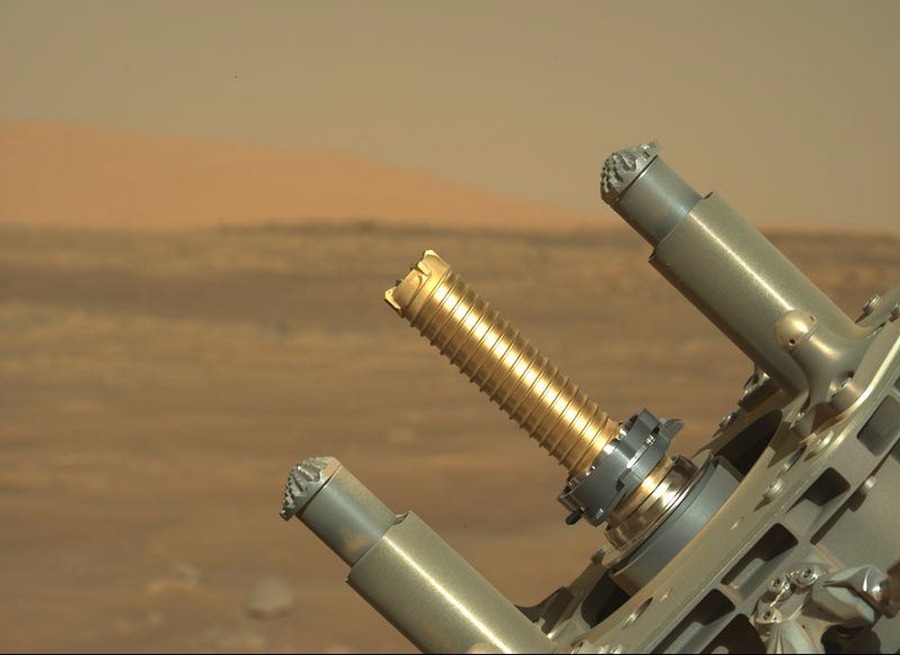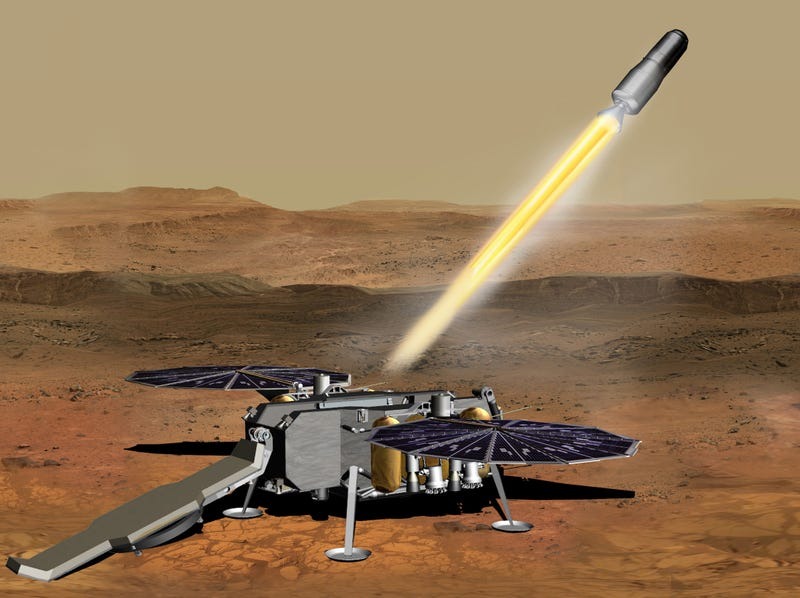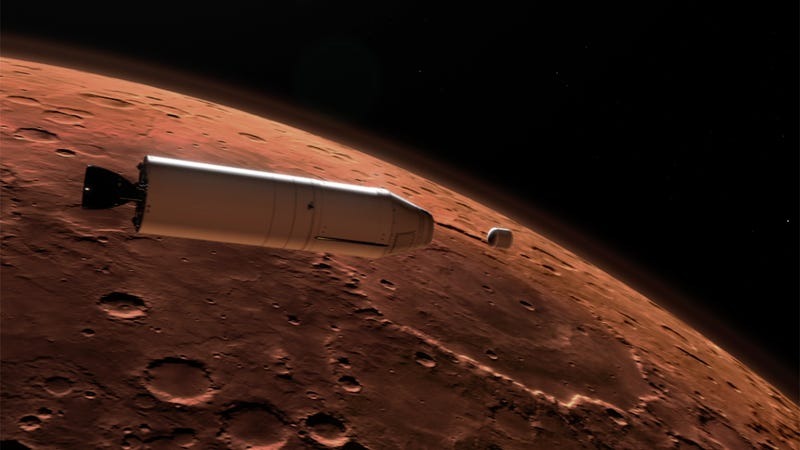NASA exceeded its capabilities when it sent the Perseverance rover to Mars to collect samples. The $2.4 billion mission successfully delivered and gently landed the rover in the Jezero crater, which used to have a lake. The main goal of Perseverance is to collect rocks and sediments from the bottom of the lake and the edge of the crater to identify traces of life on Mars. Although the rover has successfully collected 24 samples, NASA has not yet decided how to bring them to Earth for further analysis.

The original plan to return samples from Mars, known as the Mars Sample Return, has failed. The agency turned to companies for new ideas, as the initial concept turned out to be too difficult to implement. Nicola Fox, Head of NASA’s Science Mission Directorate, expressed hope for finding effective innovative solutions for the project.

The original idea was to send two rockets to Mars. One had a lander, and the other had an orbital one. After landing, the spacecraft was supposed to take samples from Perseverance and transfer them to the orbiter, which would return to Earth. However, the cost of the mission has risen from the planned $4 billion to almost $11 billion. Also, the time for the return of samples was delayed until 2040. All this does not suit NASA at all.

The agency is looking for proven technologies from companies that have experience in space projects. Among them are long-time NASA partners: Lockheed Martin, Northrop Grumman, Boeing and SpaceX. Everyone was given the task to send their short proposals by May 17 to solve a difficult mission. Then the agency will select the most promising and cheaper plan for the return of Martian samples and conclude an agreement with the “winner”.

Returning samples from Mars is a huge technological challenge, as this is the first time any samples will be returned to Earth from another planet. NASA is confident that joint efforts will lead to the successful implementation of this ambitious mission.
Earlier, we reported on how Curiosity and Perseverance could not detect life on Mars.
According to businessinsider.com
Follow us on Twitter to get the most interesting space news in time
https://twitter.com/ust_magazine


